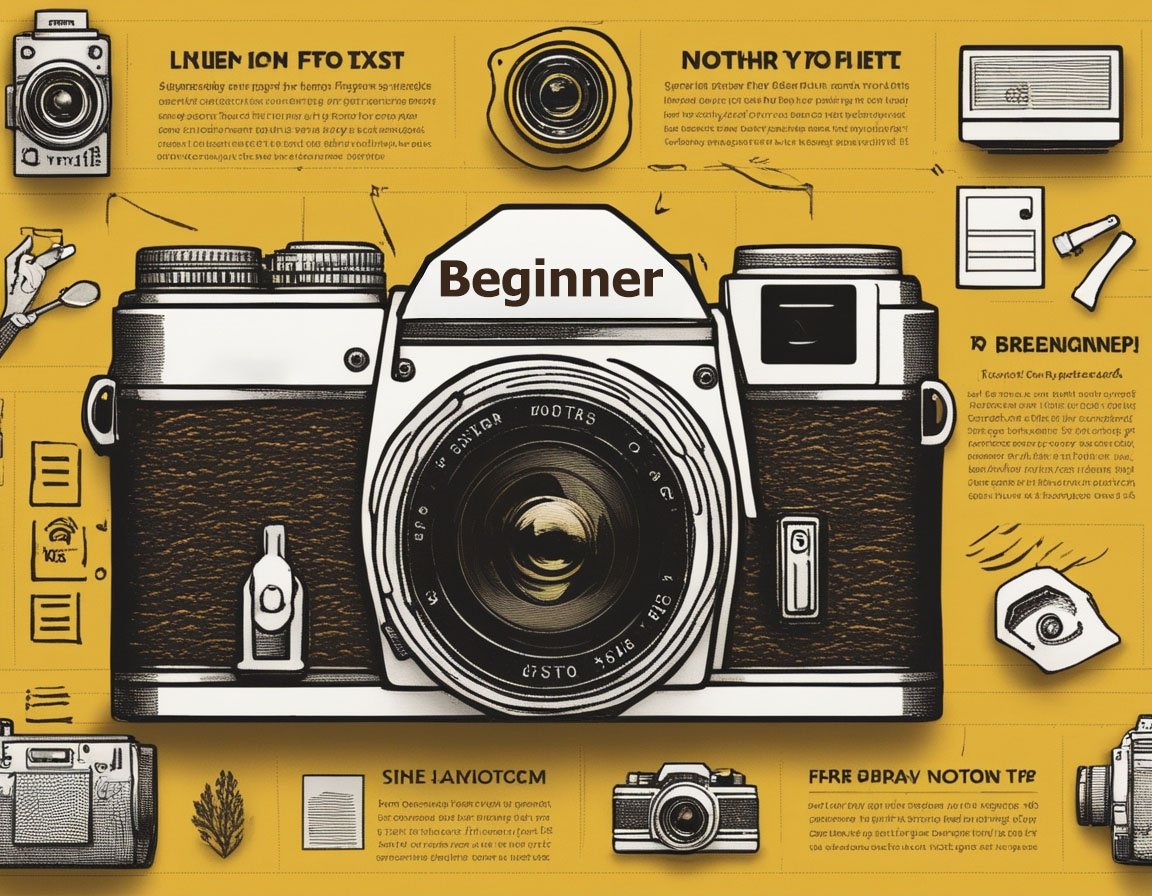Decoding White Balance: What Every Beginner Should Know
Photographers just starting out often stumble upon a term that becomes pivotal in shifting their photography from amateur to professional-looking: white balance. It’s easy to overlook or underestimate the power that this simple setting holds, but understanding white balance can dramatically alter the outcome of your photos.
What is White Balance?
White balance refers to the process by which you adjust colors to reflect the actual lighting conditions of the scene you are capturing. The goal is to make the colors as true-to-life as possible. This setting compensates for the lighting temperature in your environment, balancing the scale between cool and warm tones to achieve a neutral white.
The Role of Light Temperature
Understanding light temperature is crucial. Measured in Kelvin, color temperature describes how “warm” or “cool” the light is in your environment. Lower Kelvin numbers indicate warmer tones such as those emitted by candlelight or sunset. Higher Kelvin numbers correspond to cooler tones, like those seen in overcast daylight or fluorescent lighting. Mismatched lighting conditions without proper white balance can lead to your whites appearing too yellow or too blue.
Common Missteps in White Balance for Beginners
The ‘Set and Forget’ Mindset
One of the most common novice mistakes is setting white balance once and never revisiting it, thinking it’s a one-size-fits-all setting. However, different environments with varying light sources demand adjustments to this setting for accurate color representation. Using the same white balance setting for a sunset shot as you would for an indoor family dinner can cause unpleasant color casts.
Over-Reliance on Auto White Balance
Another frequent pitfall is leaning too heavily on Auto White Balance (AWB). While AWB is a helpful tool, it’s not foolproof. In scenes with a dominant color—such as a field full of sunflowers or a sunset—AWB can inaccurately neutralize the colors, making them appear less vivid or washed out.
Ignoring the Histogram
New photographers often ignore the histogram displayed on digital cameras, which graphically represents exposure and color data. Misinterpreting a histogram or ignoring it can lead to white balance errors, resulting in overexposed or underexposed colors. By paying attention to the histogram, photographers can judge whether their white balance setting is yielding the desired effect.
Techniques to Master White Balance
Utilizing Pre-Set Modes
Cameras typically come with pre-set modes—like Daylight, Cloudy, Tungsten, and Fluorescent—that can offer a quick fix in matching the color temperature of your scene. Understanding which setting to use in particular situations can enhance the authenticity of your photographs swiftly.
Shooting in RAW Format
One significant advantage of digital photography is the capacity to shoot in RAW format. This file format allows greater flexibility when editing, making it easier to correct white balance in post-processing without losing image quality. By shooting in RAW, photographers can achieve a precise white balance that matches their creative vision.
Manual Custom White Balance
For those ready to take more control, custom white balance settings allow you to take a sample photo of a neutral white or gray object in your scene. This manual setting provides the most accurate colors for that specific lighting condition.
Adjusting White Balance in Post-Processing
The Power of Post-Processing Software
Software like Adobe Lightroom or Photoshop offers robust tools for adjusting white balance after the picture has been taken. With a simple slider or eyedropper tool, you can manipulate the temperature and tint of your photo, ensuring that colors are reproduced accurately.
Understanding the Limitations
Even though post-processing provides powerful correction abilities, it’s essential to remember that extreme white balance corrections can introduce noise or color artifacts, especially in JPEG files. Thus, getting as close as possible to the desired color in-camera remains a best practice.
Real-World Applications of White Balance Adjustments
Nature and Landscape Photography
In nature photography, where you capture the brilliance of the golden hour or the moody ambiance of an overcast sky, understanding how to manipulate white balance can transform an image. Properly set, it can bring out the vividness of a sunrise or the subtlety of shadowed terrains.
Portrait Photography
Capturing skin tones accurately takes on crucial importance in portrait photography. An incorrect white balance can create unflattering skin tones, whereas correct settings enhance the subject’s natural complexion. It can often be the difference between an image that flatters and one that distracts.
Night and Low-Light Photography
Low-light settings, such as night cityscapes or intimate candle-lit dinners, challenge photographers with varying light sources. Mastering white balance in these situations highlights the ambiance without compromising on color integrity. The warmth of a streetlamp or the coolness of moonlight can be beautifully preserved.
Architectural and Interior Photography
Indoor environments with mixed lighting sources can create havoc with color accuracy. Correcting the white balance in these scenarios ensures that elements like the whiteness of a marble countertop or the vibrancy of wall art are captured truthfully.
Building Confidence with White Balance
Practice and Experimentation
To truly overcome the pitfalls of white balance, continual practice and experimentation become necessary. Taking multiple shots with different settings, under varied lighting conditions, teaches more than any guide possibly could. Over time, adjusting white balance transitions from a daunting task to an intuitive part of the photographic process.
Sharing and Receiving Feedback
Engaging with photography communities—both online and offline—can provide invaluable feedback. Sharing your work allows for constructive criticism that focuses on aspects like color accuracy, and receiving insights from more experienced photographers accelerates the learning curve.
Conclusion
Learning to master white balance is a crucial step for any aspiring photographer. While it might initially seem trivial amidst the plethora of camera settings available, this single factor can dramatically influence the quality and professionalism of your photographs. By understanding the nuances of light temperature, practicing with different settings, and utilizing post-processing tools wisely, you’ll soon find yourself capturing images that beautifully reflect the world as you perceive it.


